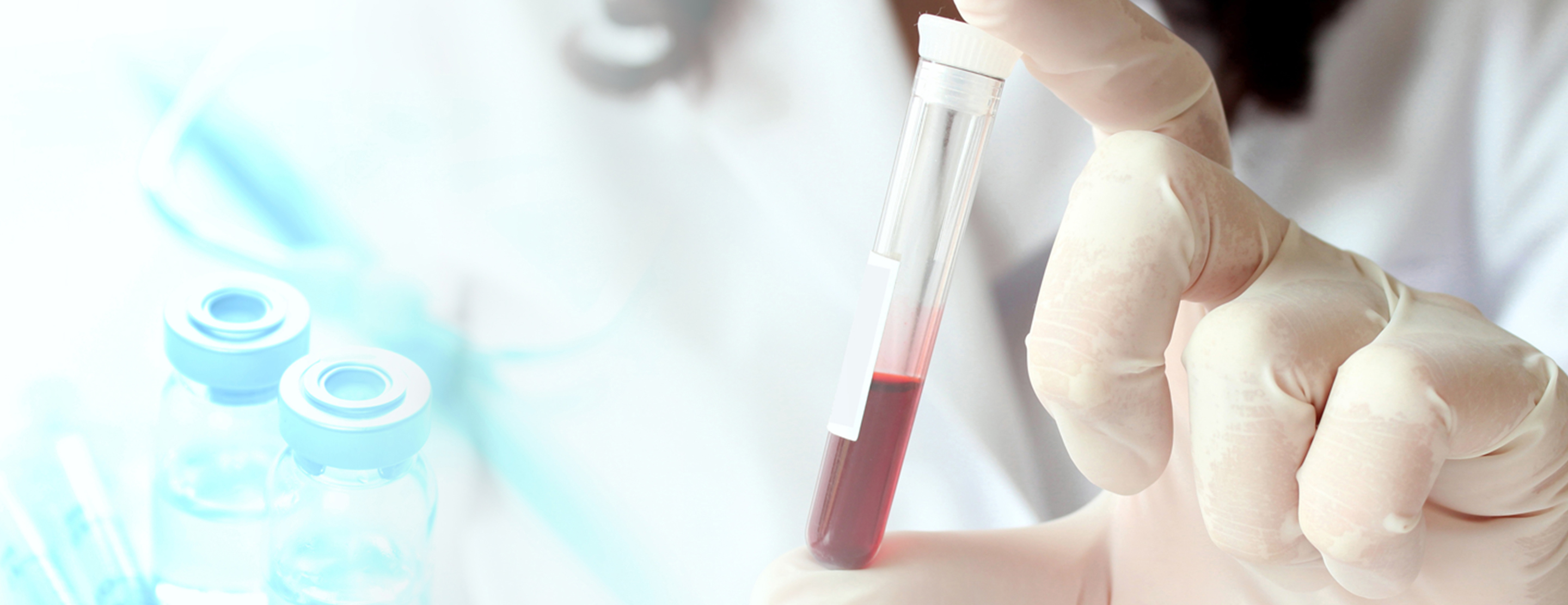
Serum free hemoglobin test
Definition
Serum free hemoglobin is a blood test that measures the level of free
Alternative Names
Blood hemoglobin; Serum hemoglobin; Hemolytic anemia - free hemoglobin
How the Test is Performed
A
How to Prepare for the Test
No preparation is necessary.
How the Test will Feel
When the needle is inserted to draw blood, some people feel moderate pain. Others feel only a prick or stinging. Afterward, there may be some throbbing or a slight bruise. This soon goes away.
Why the Test is Performed
Hemoglobin (Hb) is the main component of red blood cells. It is a protein that carries oxygen. This test is done to diagnose or monitor how severe
Normal Results
Plasma or serum in someone who does not have hemolytic anemia may contain up to 5 milligrams per deciliter (mg/dL) or 0.05 grams per liter (g/L) hemoglobin.
Normal value ranges may vary slightly among different laboratories. Some labs use different measurements or may test different samples. Talk to your health care provider about the meaning of your specific test results.
What Abnormal Results Mean
A higher-than-normal level may indicate:
- A
hemolytic anemia (due to any cause including autoimmune and non-immune causes, such asthalassemia ) - Condition in which red blood cells break down when the body is exposed to certain drugs or the stress of infection (
G6PD deficiency ) - Low red blood cell count due to red blood cells breaking down sooner than normal
- Blood disorder in which red blood cells are destroyed when they go from cold to warm temperatures (
paroxysmal cold hemoglobinuria ) Sickle cell disease Transfusion reaction
Risks
There is little risk involved with having your blood taken. Veins and arteries vary in size from one person to another and from one side of the body to the other. Obtaining a blood sample from some people may be more difficult than from others.
Other risks associated with having blood drawn are slight, but may include:
- Excessive bleeding
- Fainting or feeling lightheaded
- Multiple punctures to locate veins
- Hematoma (blood buildup under the skin)
- Infection (a slight risk any time the skin is broken)
References
Bunn HF. Approach to the anemias. In: Goldman L, Schafer AI, eds. Goldman-Cecil Medicine. 25th ed. Philadelphia, PA: Elsevier Saunders; 2016:chap 158.
Chernecky CC, Berger BJ. Hemoglobin (free), plasma and qualitative - urine. In: Chernecky CC, Berger BJ, eds. Laboratory Tests and Diagnostic Procedures. 6th ed. St Louis, MO: Elsevier Saunders; 2013:625-626.
Review Date: 01/19/2018
The information provided herein should not be used during any medical emergency or for the diagnosis or treatment of any medical condition. A licensed physician should be consulted for diagnosis and treatment of any and all medical conditions. Call 911 for all medical emergencies. Links to other sites are provided for information only -- they do not constitute endorsements of those other sites. Copyright ©2019 A.D.A.M., Inc., as modified by University of California San Francisco. Any duplication or distribution of the information contained herein is strictly prohibited.
Information developed by A.D.A.M., Inc. regarding tests and test results may not directly correspond with information provided by UCSF Health. Please discuss with your doctor any questions or concerns you may have.





